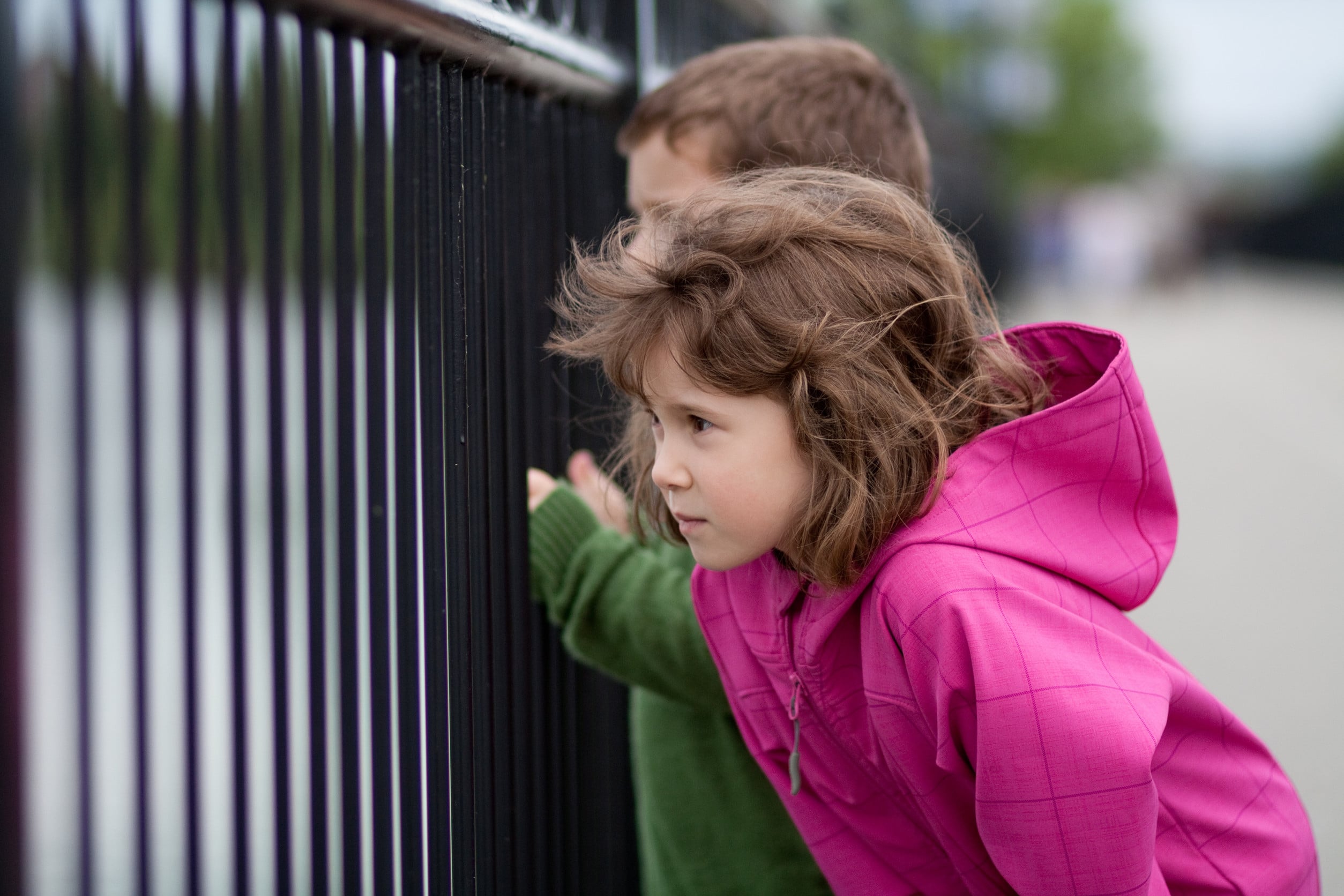A safe outdoor space is essential for families with children, providing a secure environment for play and relaxation. So which fence material should parents pick for their backyards? The answer depends on how you balance ensuring safety, privacy, and durability while keeping maintenance requirements minimal.
Factors to Consider
Safety
Safety is the primary concern, meaning the fence should have a smooth surface without sharp edges or splinters that could potentially injure children. It should also be made from non-hazardous materials, free from any treatments or coatings that could be harmful.
Durability
Durability is another crucial aspect, as children often climb and interact with fences. A sturdy fence should be able to withstand impact and general wear and tear over time.
Privacy
Privacy is also important, as a well-designed fence can block outside distractions and prevent children from wandering out of the yard. As well as keep anyone outside from seeing your kids playing alone.
Containment
The ability to contain children safely within the yard is another key factor. If a fence borders a retaining wall or a drop-off, it is important to choose a railing option that is strong enough to withstand impact. In such cases, the Potomac 42-inch railing is a reliable secondary option due to its stability and strength.
Which Materials Work for Families with Children?
Vinyl
Among the best fencing materials for families with children, vinyl fencing offers a smooth, splinter-free surface. It is highly durable and resistant to mold, pests, and weather-related damage. Additionally, vinyl requires little to no maintenance and does not need painting or sealing (which can introduce hazardous substances on other fence materials like wood). Some vinyl fence styles provide complete privacy, while others include safely spaced pickets to ensure both security and visibility. Its slick surface also makes climbing difficult, adding an extra layer of safety.
Wood
Wood fencing is a traditional choice that offers a natural and classic look, seamlessly blending with landscaping elements. It can be built as a semi-privacy fence to enhance security. However, wood requires regular maintenance, including painting, sealing, or staining, to prevent splinters and deterioration over time. It is essential to choose high-quality, untreated or child-safe treated wood and ensure the boards are smoothly sanded to minimize potential injury risks. Note that because wood shrinks naturally over time, no wood fence can offer complete privacy.
Aluminum
Aluminum fencing is another suitable option for families. It features safe picket spacing to prevent children from squeezing through and does not splinter, rust, or contain sharp edges. This type of fencing is long-lasting and requires minimal upkeep. However, aluminum fences are primarily decorative and do not provide as much privacy as other materials.
Chain-link Fencing
For homeowners looking for a budget-friendly and durable option, chain link fencing with privacy slats or a vinyl coating is a practical choice. A coated chain link fence prevents rough edges, reducing the risk of injury. Privacy slats can be added to control visibility and improve safety. While chain link fencing is not as visually appealing as other fencing options, it is a functional and effective solution for large yards or high-traffic areas.
Enhancing Fence Safety with Additional Features
Several additional features can enhance the safety of a child-friendly fence. Installing self-closing and self-latching gates prevents accidental openings, which is particularly important for pool areas. Pool-top latches should be positioned at least 54 inches from the ground to ensure they remain out of reach of young children. Using rounded or covered fence caps can reduce sharp edges and minimize the risk of injuries.
The height of the fence is another important consideration to prevent children from climbing over. While specific height requirements vary by location, the BOCA code recommends maintaining at least 46 inches between the bottom rail and the next rail up to prevent footholds. You should consider your child’s height when thinking about the fence’s height. Some kids grow faster than others, and your fence height should account for that.
Additionally, ensure there are no wide gaps or spacing between fence components. This prevents children and pets from squeezing through and potentially escaping.
Finding the Best Fit for Your Family
The best fencing material ultimately depends on what factors matter most to you such as budget, maintenance preferences, and the overall aesthetic of the yard. Vinyl and composite fencing provide the best combination of safety, durability, and low maintenance, making them ideal choices for families with children. Selecting additional safety features, such as self-latching gates and smooth surfaces, further enhances the security of an outdoor space.
Call us if you’re unsure! We’re a team of fencing professionals who can help to determine the best option for you.


